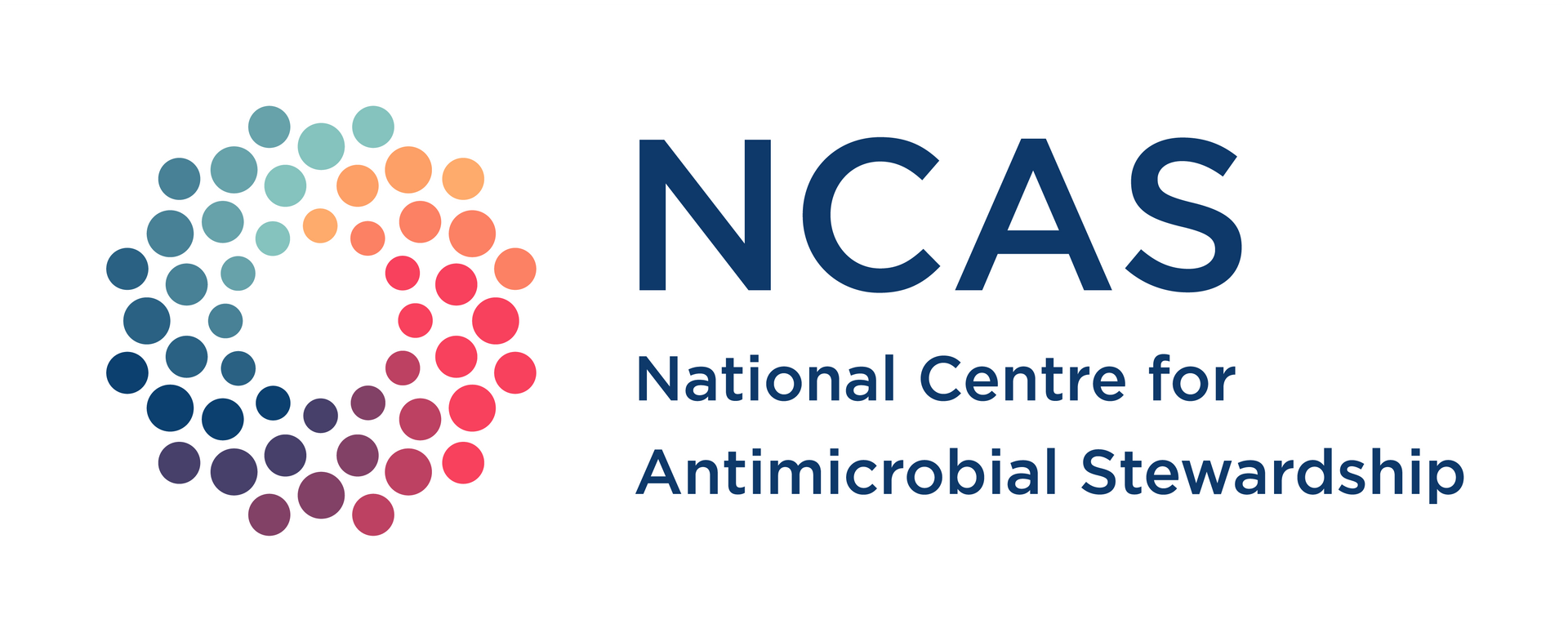The tiny drop fighting the big problem of antibiotic resistance
Errol Hunt
(Published in Pursuit, University of Melbourne)
Cradling a three-week-old chicken in one hand, Glenn Browning raises an eyedropper to its tiny eye and administers a vaccine.
“One drop, and it’s protected for life,” he says, releasing the chick and lifting another. “That’s why farmers are using it. Compare this with the impossible task of catching and treating a handful of diseased chickens in a shed of 10,000 birds.”
The vaccine, developed by Professor Browning’s team at the University of Melbourne’s Asia-Pacific Centre for Animal Health (APCAH), is against the chicken respiratory-disease bacterium Mycoplasma gallisepticum.
There’s keen interest in the team’s work due to the rising, and disturbing, problem of antibiotic resistance among bacteria that infect humans. Many pathogens are developing resistance to some of our most-effective antibiotics.
“Bacteria are incredibly efficient at passing genetic material to one another,” says Professor Browning. “So if a bacterium infecting these chickens develops resistance to particular antibiotics, it can pass that resistance on to another bacterium that can infect us.”
The World Health Organization calls antibiotic resistance one of the greatest threats to human health, and says the problem is increasing more quickly than anyone expected. Diseases once easily treated by a course of antibiotics can now pose a significant threat to life, and cannot be stopped by even our most-effective “last resort” drugs.
And the problem is going to get worse. In coming decades, medical researchers expect to see the rise of “superbugs” that are simply impossible to treat by antibiotics. A major report released in the UK earlier this year warned that, by the year 2050, the number of deaths due to these superbugs could be as high as those due to cancer.
Even in the 18 months it took to write that report, it’s estimated that as many as a million people may have died because of antibiotic-resistant bacterial infections.
No wonder the global health industry is mobilising.
At the frontline of the battle against antibiotic resistance is a campaign to stop the overuse and misuse of antibiotics in both humans and animals. Australia is leading internationally on both fronts.
You’ve probably seen signs in the waiting room of your local GP referring to the problem. Some explain why the GP won’t necessarily give you the antibiotic you’re asking for, if there’s no need for it. Others explain why it’s vital you finish the course of drugs, even if symptoms have eased.
Both overuse of antibiotics and incomplete use of antibiotics can encourage bacteria to develop resistance to a particular drug.
However, use of antibiotics in human medicine is outmatched by use on animals by a factor of two to one.
On high-intensity farms in countries such as China, the US and Spain, farmers use antibiotics to guard against common, chronic respiratory infections that spread between animals kept in close proximity. For chicken farmers, it’s a preventative measure against infections that can cause weight loss, a reduction in egg production, and deaths caused by a range of respiratory infections.
In Australia, use of antibiotics on farms is relatively tightly regulated. Overseas it’s a different story. From a country such as India, where antibiotics may be available over the counter and their use on farms is unregulated, it is possible for resistant bacteria to make their way to Europe, the Americas or Australasia.
“New antibiotic-resistant strains of bacteria can cross international borders easily, whether in packaged food products or with humans as their unknowing hosts,” says Professor Karin Thursky, who works with Professor Browning at the National Centre for Antimicrobial Stewardship (NCAS).
It was recently found that another superbug resistant to last-resort treatments, and only identified in China at the end of 2015, had already spread to more than 19 countries.
With superbugs crossing borders with such ease, it’s clear that any solution must be international.
Professor Browning’s chicken vaccine is one small but important part of that solution, and is effective because his team has worked with farmers internationally to find out what works.
“It’s just not feasible for large-scale farmers to treat individual sick animals,” says Professor Browning. “Imagine isolating one sick bird in a shed of 10,000 chickens, and injecting that bird with antibiotics three times a day. It just can’t be done.”
So instead, farmers use “blanket” antibiotic treatments on an entire herd or shed, dosing the food or water supply, precisely the type of antibiotic use that promotes the development of antibiotic-resistant bacteria.
The vaccine that Professor Browning’s team has developed targets the same respiratory infections that farmers overseas control through antibiotics.
To create their vaccines, his team takes advantage of one of bacteria’s own weapons: mutation. Bacteria mutate extremely quickly – it’s how they evolve to reinfect the same individual again and again; it’s how some bacteria can skip between humans and animals; and it’s how bacteria develop resistance to antibiotics.
“We accelerate that mutation,” says Professor Browning. “Then, we select variants of that bacterium that are less virulent than the original.
“We developed the Mycoplasma vaccine by selecting a closely-related strain that cannot survive the warmer temperatures of a bird’s lungs.”
That weakness means the infection lodges in the bird’s nasal passage instead. The bird’s immune system then develops antibodies to fight off any future infections, without the bird ever becoming ill.
That “learned” immune response remains effective for the rest of the bird’s life – which is key to ensuring that it’s a more effective tool than antibiotics.
The theory is simple: if farmers have access to a simpler, cheaper, one-off vaccine to protect their flock or herd, they will no longer need antibiotic treatments.
“We’re giving the farmers alternatives that are better for their productivity, better for the animals, and better for human health,” says Professor Browning.
And it works. There has been a 90 per cent reduction in the use of antibiotics on poultry farms where the vaccine has been introduced.
It is now being commercialised throughout the world, and has recently been introduced to China, where antibiotics are widely used in farming.
Yet the vaccine and other agriculture projects are not the end of the battle. This is a multi-pronged offensive. Professor Browning’s team is also working with the veterinary industry, where overuse and misuse of antibiotics follows much the same pattern as in human medicine: vets prescribing antibiotics when they’re not necessarily needed, and clients not always ensuring that their animals complete each course of prescribed antibiotics.
Meanwhile, Professor Thursky and her team at the National Centre for Antimicrobial Stewardship are using health service research to understand the problems of antibiotic prescribing in human medicine, in hospitals, aged care homes and general practice.
“We are very lucky in Australia to have mandatory antimicrobial stewardship programs in our public and private hospitals, and fantastic tools to measure and report the appropriate use of antibiotics,” says Professor Thursky.
“We need to do the same in all these other areas – outside of hospitals. Great data allows us to lead changes in practice and better policies, because we actually find out what the prescribers are doing and what the drivers of those behaviours are.”
It’s a huge, multidisciplinary effort. Just as Professor Browning and his researchers have worked with farmers and vets, Professor Thursky’s research fellows have worked side by side with hospitals, aged care and general practices. The two streams – animal and human – are sharing their work in a true “one health” effort.











